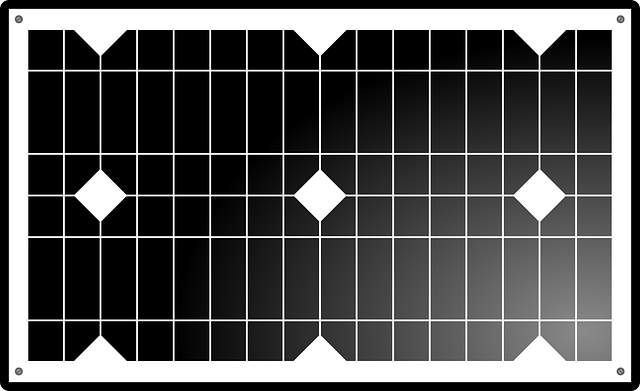
Have you heard of thin-film solar panels? Along with monocrystalline and polycrystalline, thin film is one of the three main types of solar panel technologies. It’s a second-generation technology that involves the use of one or more thin layers of a photovoltaic (PV) material. There are both pros and cons associated with thin-film solar panels, including the following.
Pro: Lightweight, Low-Profile Design
Thin-film solar panels offer a lightweight and low-profile design. According to the American Solar Energy Society (ASES), each PV layer used in their construction is just 1 micro thick. With these ultra-thin PV layers, thin-film solar panels weigh less than other types of solar panels and feature a lower profile.
Pro: Inexpensive
Thin-film solar panels cost less than monocrystalline and polycrystalline solar panels. They contain less PV material, resulting in a lower manufacturing costs. Vendors of thin-film solar panels pass these savings down to their customers in the form of lower prices for thin-film solar panels.
Pro: Available in Different PV Materials
While they all consist of one or more layers of a PV material, thin-film solar panels are available in different PV materials. Amorphous silicon is a common PV material from which they are made. In addition to amorphous silicon, you can also find thin-film solar panels made of cadmium telluride and copper indium gallium selenide.
Con: Low Efficiency
Unfortunately, thin-film solar panels lack the efficiency of their monocrystalline and polycrystalline counterparts. Monocrystalline solar panels have the highest efficiency. They can convert about 15% to 20% of the sunlight to which they are exposed into electricity. Coming in at 13% to 15% on average, polycrystalline solar panels have the second-highest efficiency.
Thin-film solar panels, on the other hand, have the lowest efficiency. They can only convert about 7% to 8% of the sunlight to which they are exposed into electricity.
Con: Consumes a Lot of Space
They may feature a lightweight and low-profile design, but thin-film solar panels still take up a lot of space. This is because they lack the efficiency of monocrystalline and polycrystalline solar panels. Therefore, you’ll need to install more thin-film solar panels to generate a sufficient amount of electricity for your home or business. With limited roof space, you may want to choose an alternative solar panel technology.
Con: Less Durable
Thin-film solar panels are less durable than monocrystalline and polycrystalline solar panels. Fallen branches and limbs, for instance, may break them. With their low-profile design, they are susceptible to damage such as this.

